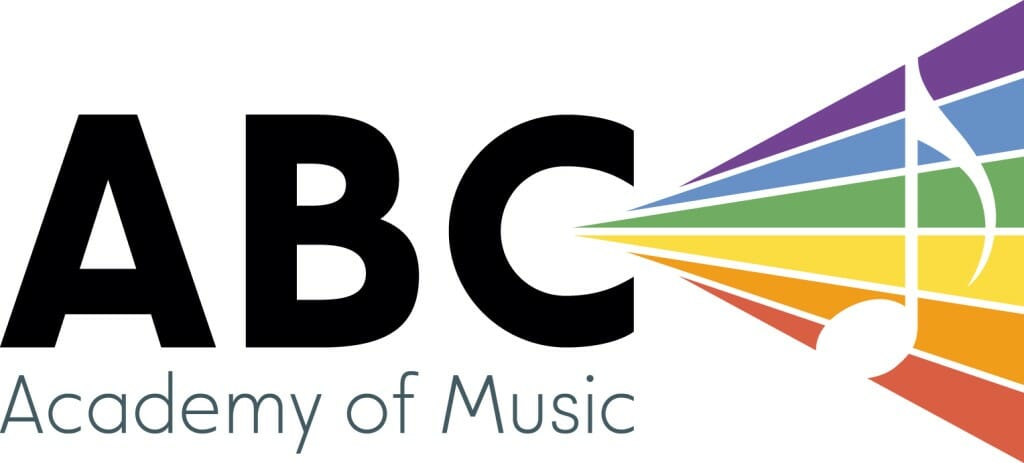Hello all,
Your lesson notes are as follows:
Eva
Recommended minutes to practice:
- 10-15 minutes, 4 to 5 days a week
What to practice:
- Finger number patterns – try playing some of the patterns that go across the whole hand (using fingers 1, 2, 3, 4, and 5!)
- Tub Time!: this piece will focus on middle C, D, and the lowest F on the piano. Aim to see how comfortably you can jump from the middle C all the way to low F
- Gliding Goldfish: This piece tells the story of a goldfish swimming around! Read the words for the piece and see if you can perform the story on the keyboard. You are also welcome to use the pedal during this piece
- (Pumpkin Party is a bonus piece if there’s time/interest to look through); the highlight of this piece is playing C+E in different areas of the piano.
How to practice efficiently:
- Remember your anchor points on the keyboard (C, F, and D in the “dog house”)
- Approach the piece in different ways: sing the words, clap the rhythms, name the note names.
How can caregivers support practice:
- Hands/Wrists: reminder of how to position hands while playing (gently curved fingers, wrist is not collapsed), remember not to pop the “paint balloons”
- This does not have to happen in every practice session, but once a piece is feeling comfortable (steady rhythm, recognition of patterns/notes,) challenge Eva to play through a piece start to finish to see what it feels like to be in “performer mode”
Chris
Topics we discussed during lesson (diagrams/images are attached):
- Major keys and relative minor keys
- Circle of fifths; key signatures with sharps and flats
- Sharps and Flats Acronym
Recommended time to practice:
- 20-30 minutes 4 or 5 days of the week
What to practice:
- Bartok sight reading; see attached pdf (book 1)
- 5 note scales and chords (out lining the fifth [1 and 5], playing the third [note under finger 3, and then the full triad [notes under finger 1, 3, 5]); C position and G position
- As mentioned during the lesson: you can also try playing the 5-note cluster using fingers 1-5. This can help engage/bring attention to the larger muscle groups in our back
- Russian Sailor Dance (p.28): lean into the accents in the opening chords, remember to think of your alignment/which muscle groups your are activating to play
- Midnight Ride (p.29): Elements to focus on in this piece will be your accents, legato phrasing (notes flowing into each other without “smearing”), and dynamic contrasts
- Bus Stop Boogie (p.30): This piece is our first piece to have skips in addition to steps! Keep a close eye to what’s written on the page for note accuracy
How to practice efficiently:
- Repetition is key, but the most helpful thing to do throughout is to check in with some basic questions. This can be in regard to:
- Alignment in the body / Hand position (Am I sitting on top of my tailbone? Am I slouching? Are my wrists collapsing when I play? Are my fingers on the right notes?)
- Rhythm (am I holding notes for their entire duration? Is my tempo steady throughout?)
- Note accuracy (could I name all the notes I am playing in this piece? Are the notes I’m playing matching with the notes that are written in the music?)
Happy practicing!
